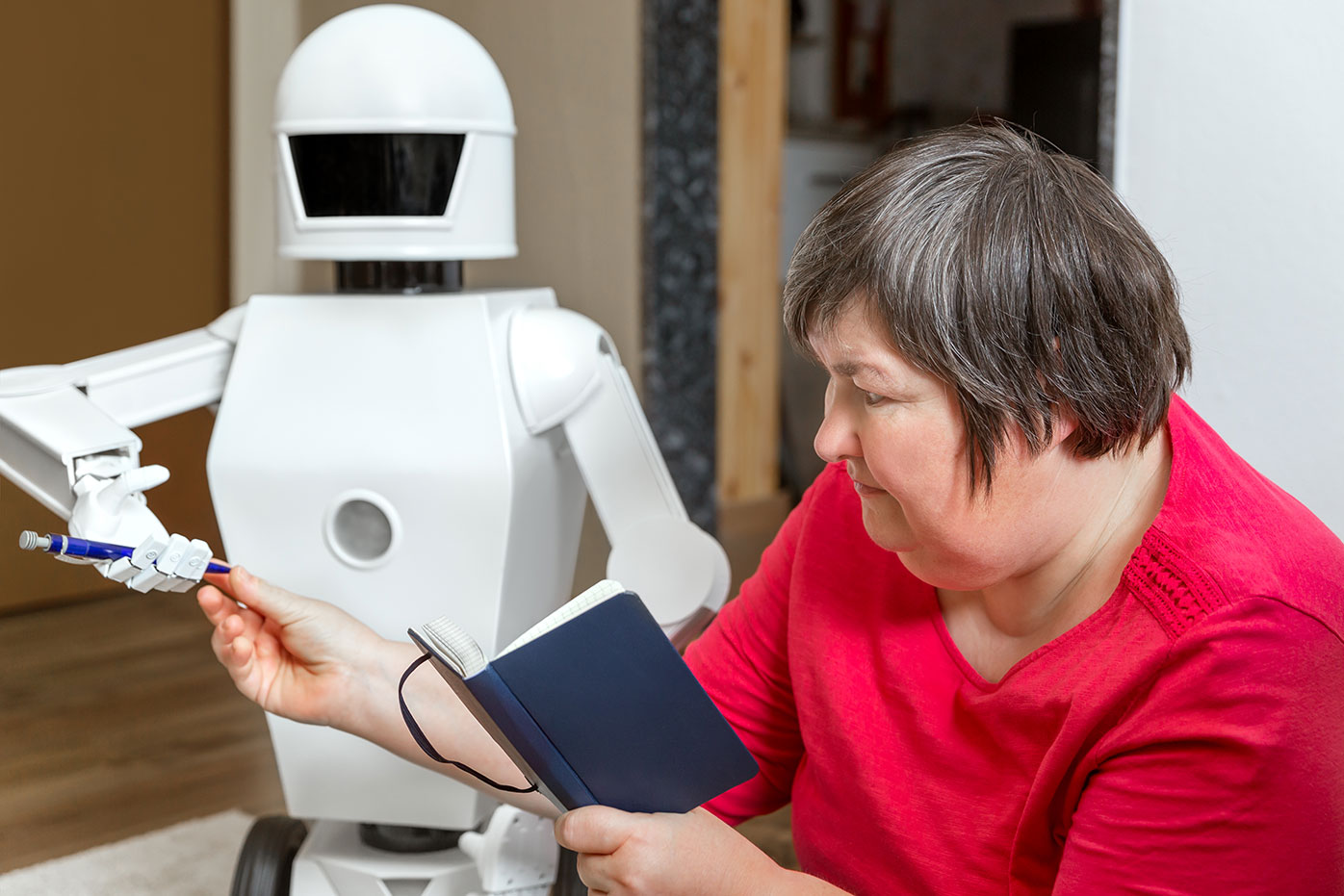Key takeaways
- Socially assistive robots are emerging as a promising solution to address the growing challenge of eldercare, offering a combination of AI-driven capabilities to provide social interaction, emotional support, and physical assistance for seniors living alone or with cognitive impairments.
- Research projects are actively investigating the benefits and challenges of integrating socially assistive robots into home care settings, aiming to identify and overcome barriers to their widespread adoption.
- The potential impact of socially assistive robots extends beyond individual care, as they may fundamentally transform the care ecosystem by reducing injuries, extending independent living, and potentially altering mortality and impairment outcomes for the elderly population.
The care of elderly people is an ever-enlarging responsibility that may become a critical societal burden. Increasingly, robotic innovations are being incorporated into senior care – particularly as an assistive care solution for elderly people who are living alone or have impaired cognition.
Socially assistive robots utilize AI and machine learning, computer vision and sensors, and high-performance mechanical hardware supported by robotic operation systems, which empower them to perceive, understand, and move. Socially assistive robots can respond to their environment, comprehend voice commands, and interpret human facial, vocal, and bodily expression – enabling them to interact verbally and physically with humans with empathy. Materials used to build the physical humanoid form ensure safe robot-to-human interaction.
Already commercially available, socially assistive robots – a type of general-purpose robot – are designed to provide social connection, emotional support, and physical assistance with daily tasks, as well as aid with activities such as personal care for the frail.




